The monumentalisation of the Neolithic European landscapes
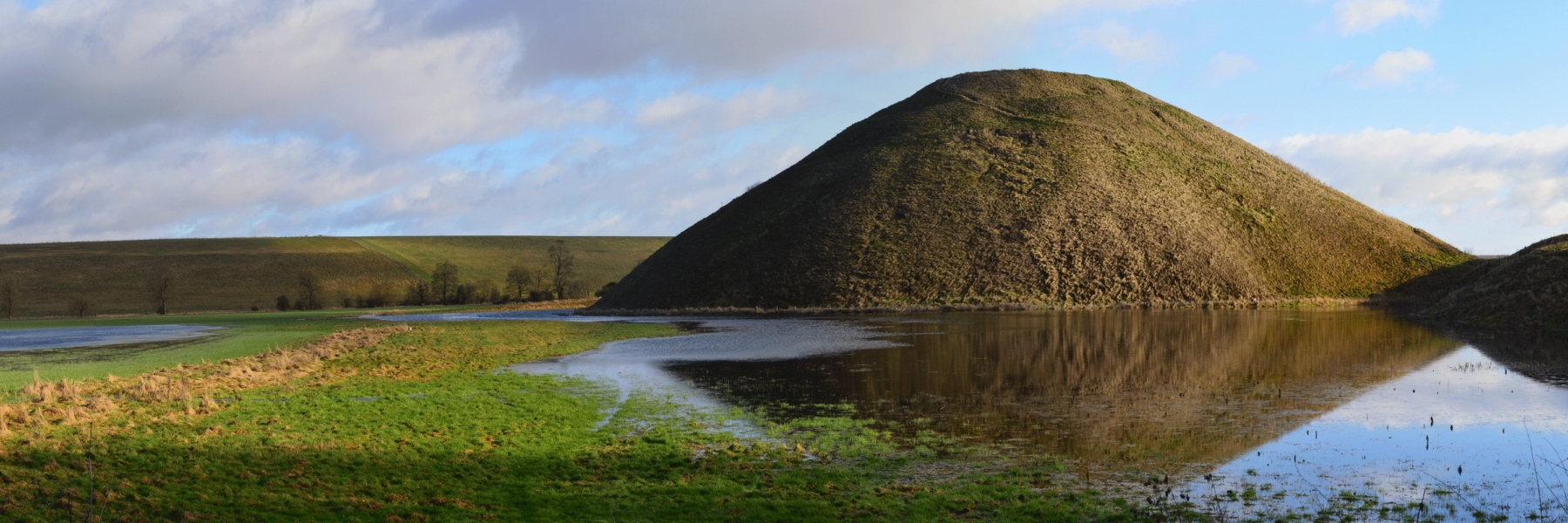
Building the Neolithic landscapes of Europe.
In the Neolithic there were no maps. However, most times people knew where they were and how to reach their destination. That is because, in their daily movements around the landscape, they used points of reference. Most likely there were no rules as to what constituted a good point of reference. In many cases, they were just adopted inadvertently, as people walked along the way, without even noticing. The repetition of similar movements time and time again around the landscape, generation after generation, made it very easy, even natural, for people to orientate themselves within known territory. Other times, certain places gained especial significance because of particular features that made them stand out: a mountain, a spring, a river. Often, importance was acquired because specific events had taken place there: the death of a person, a good hunting session, an encounter with an unusual entity (animal, human…), the abundance of a particular seasonal resource, etc. And sometimes, places stuck out because humans had altered or transformed them in some way. Thus, the landscape was full of implicit connotations and references, of memories and associations. For Prehistoric peoples, their landscape was their world, their cosmos.
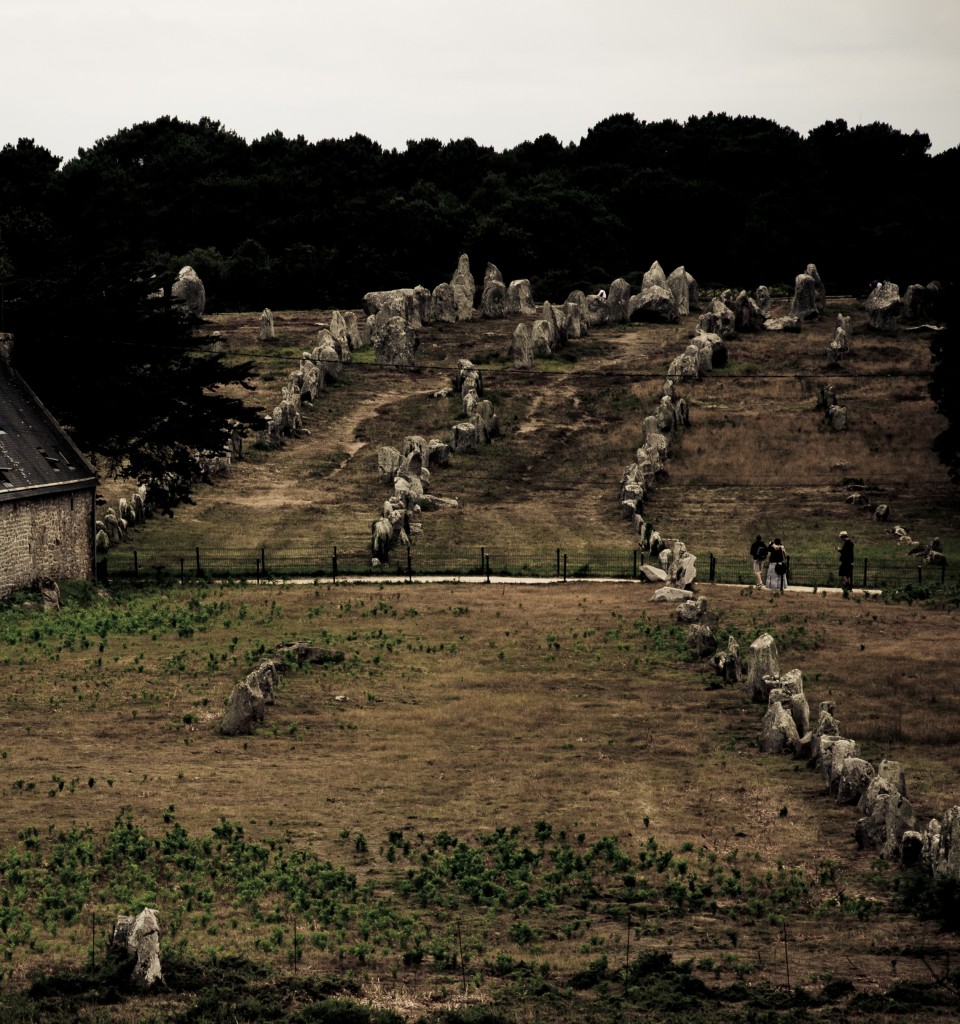
The Neolithic in general, and the adoption of agriculture in particular, must have had a tremendous impact in the way people moved around the landscape, and in how they viewed it. People may have moved less, and differently. The fact that human communities acted upon nature to obtain food and resources multiplied the number of physically ‘built’ or ‘constructed’ spaces. To an extent, landscapes began to be turned into what people needed them to be. Large scale structures, megalithic or otherwise, must have contributed enormously to that.
Megalithic worlds: landscape monumentalisation in the European Neolithic.
At different times, and a few centuries after the spread of Neolithic practices, Atlantic Europe saw the emergence of hundreds of monumental structures, both megalithic and non-megalithic. It is important to note that ‘Atlantic Europe’ here has to be taken in very broad terms: together with undoubtedly ‘atlantic’ regions such as Britain, Ireland, Western France or Western Iberia, it includes Southern Scandinavia and the northernmost areas of France, the Low Countries, Germany and Poland, as well as some landscapes of the Western Mediterranean. In said regions, they tend to be the most conspicuous form of Neolithic architecture, and the most visible form of archaeological evidence.
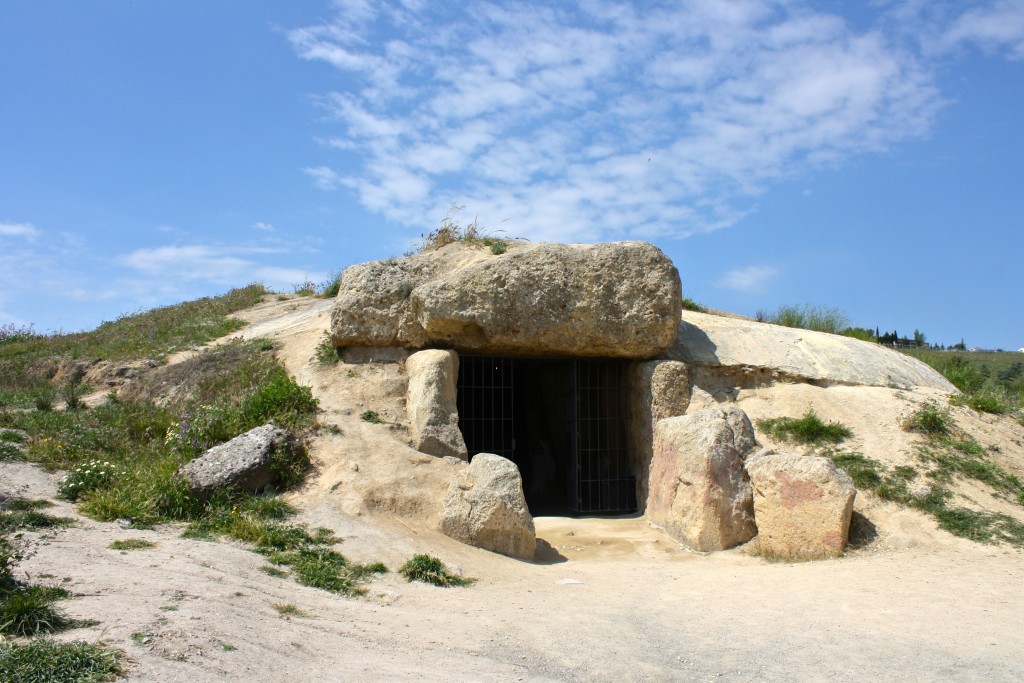
Likewise, the term ‘monumental’ has to be understood in a specific way. Here it refers to the scale of building activity, that is, to the enormous size of most of these structures in relation to everything else erected by humans at the time. It also highlights the extraordinary labour forces needed to undertake their construction. Their huge dimensions do not necessarily entail specific functions. They may or may not have been ‘monuments’ in its most restricted sense of ‘structure built to commemorate events in the past’. In fact, the reasons that led people to build them remain very much under discussion.

There was considerable diversity in their form and perhaps their meanings and purposes. Some were ‘megalithic’, that is, built using big stones. Others must have been constructed with earth, smaller stones, timber or other perishable materials instead. Some were erected in open air, while others constituted true buildings themselves, with a clearly distinguishable inside and an outside (e.g. megalithic tombs). Some of them tend to be associated with human remains, a sign that they were probably used for burial or for rituals related to the ancestors (e.g. chambered tombs), whereas others are isolated and lack any kind of obvious association (e.g. ‘menhirs’).

Among the most common forms we can mention:
- Mounds. Human-made heaped piles of earth or soil, occassionally with stones. The piling is not always random or arbitrary; some show the intentional arrangement of different kinds of materials and even structures. They tend to be roughly circular in size and can reach dozens of metres in height. The most spectacular example is Silbury Hill in Wiltshire, United Kingdom.
- Cairns. Similar to mounds, but entirely made of small to middle-sized stones; therefore, not really ‘megalithic’.
- Stone settings. Megalithic circles, oval spaces or avenues composed of big standing stones. The most famous stone circle is within the area circumscribed by the ditch and bank at Stonehenge, also in Wiltshire.
- Menhirs. Single standing stones, that is, megaliths that stand vertically at particular spots in the landscape. Unlikely to have formed true buildings by themselves, they are difficult to interpret.
- Chambered tombs. They are very often covered by an earthen mound and associated with the deposition of human remains. Many were clearly places for collective burial, and include the remains of hundreds of individuals. There is considerable structural and formal diversity. They can be both megalithic and non-megalithic, in the sense that the chambers may have been built using big vertical slabs, but also employing perishable materials such as timber, or dry-stone walling techniques. Chambered tombs take a variety of forms. The cairns or mounds that cover them can be circular or elongated. Most tombs contain a single chamber, but some possess a series of them. The simplest and more widespread variants, normally called ‘portal tombs’ or ‘dolmens’, are roughly square in plan and accessible through a door or portal made into the chamber walls themselves. However, there are other forms such as the ‘gallery grave’, where the chamber is elongated and the door is located in one of the short sides, and the ‘passage grave’, where access is made through a clearly distinguishable passage or corridor.
- Palisaded enclosures. Areas exclusively delimited by wooden walls called palisades. This enclosures are typical of Northern Europe, from Britain to Germany.
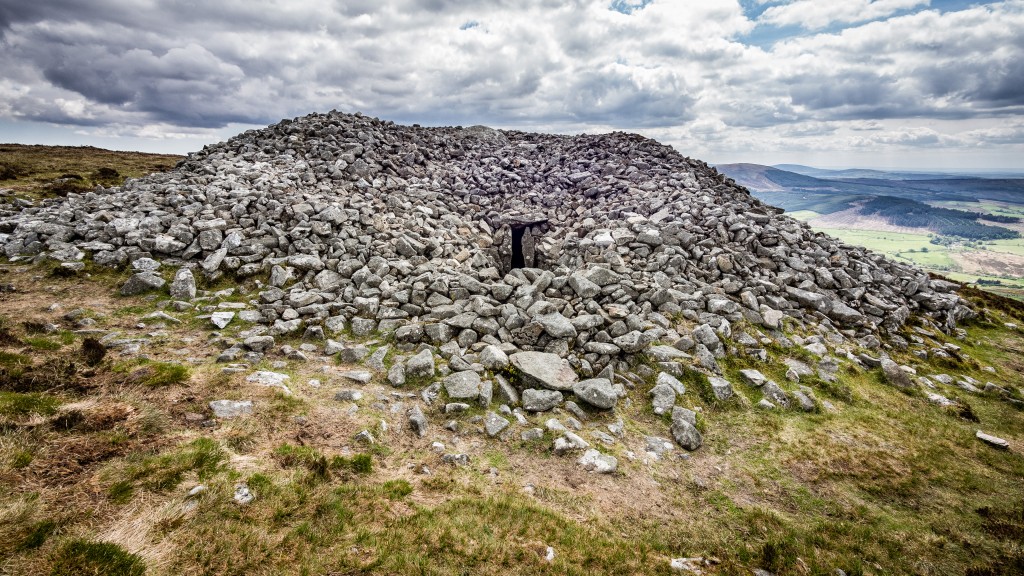
Despite the aforementioned variability, the persistence of these practices across vast areas of Neolithic Europe means that ideas, traditions or behaviours were exchanged and transmitted from group to group with relative ease. This can be seen, for example, in the so-called ‘megalithic art’. In distant parts of the continent, both the megaliths that formed many chambered tombs (‘orthostats’), and single standing stones (‘menhirs’), often were decorated with paintings and carvings depicting widely spread symbols, such as crooks, polished stone axes or geometric motifs. For some researchers, the broad distribution of megalithic and non-megalithic monuments and some of their features, suggest the existence of shared cosmologies or beliefs.
How can Neolithic monumental structures help us understand ditched enclosures?
Monumental structures provide a context for the construction of Neolithic ditched enclosures in Europe. There is some mutual overlapping in space and time. The geographical distribution of megalithic and non-megalithic structures, albeit different from that of ditched enclosures, partially coincides with it. Ditched enclosures have been identified in many of the regions where varied forms of monumental architecture —megaliths, mounds, cairns, etc.— are common. Likewise, the construction of these monuments and that of ditched enclosures is somewhat close in time. While they may not be exactly synchronous, most of them were erected within the same time interval (4th-3rd millennia BCE). They were, to put it simply, roughly contemporary. All this allows us postulate that, very often, ditched enclosures were constructed by the same peoples that built all kinds of megalithic and non-megalithic monuments. Or, at least, that the builders of both of these entities were, in very broad terms, culturally related somehow. It seems reasonable, therefore, to believe that certain inferences about the societies that constructed the megaliths that populated the landscapes of Atlantic Europe, could also provide some information about the constructors of ditched enclosures. These inferences could be:
- Megalithic builders had the technical knowledge necessary to complete large scale works. This is particularly important because many of the building techniques used are analogous to those employed in the construction of ditched enclosures: the digging of ditches; the erection of earthworks such as banks, mounds or barrows; the extraction, transport and placement of big and heavy stones; the construction of timber structures; etc.
- Adequate tools for these tasks existed and were popular enough.
- Suitable building materials were accessible. Such materials were either naturally available in the immediate environment (earth, stones, timber), or they could be acquired via exchange, quarrying, etc.
- Neolithic communities had the human resources, the labour force, necessary to undertake huge endeavours like these. Unlike hunter-gatherer groups, which archaeologists normally assume they organised themselves in small bands of less than 100 people, Neolithic farmers may have formed societies with units of up to a few thousands. These must have been multi-community societies: the individual groups or ‘segments’ must have been related to each other through kinship ties. These communities may have lived and acted more or less independently in their daily life, but especial events or periodic occurrences may have triggered encounters, alliances or exchange between communities.
- They had the organisational capacity to successfully carry out collective works. The construction of megalithic and non-megalithic monuments may have coincided with the emergence of the earliest leaders in Prehistoric Europe, capable of organising large crowds.
- Neolithic economy in areas of intense constructive activity must have been productive enough to allow parts of the population to embark upon large scale, non-productive works.
- They had the motivation to undertake big projects like these, whatever that motivation was.
All in all, a considerable number of Neolithic communities of Europe, must have had, at times, the technical know-how, the organisational capacity and the labour force to build amazing stuff. The execution of collective works, while difficult, was entirely feasible.
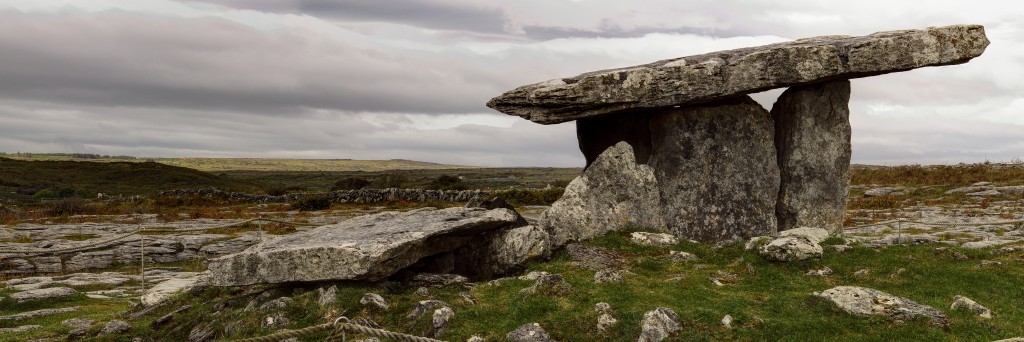
Like we said earlier, the purpose of Neolithic monuments is unknown. But it is clear that they transformed the landscapes of Europe like never before. It is in this context of progressive monumentalisation that Neolithic European ditched enclosures were erected, at different times, in varied places, with diverse forms.